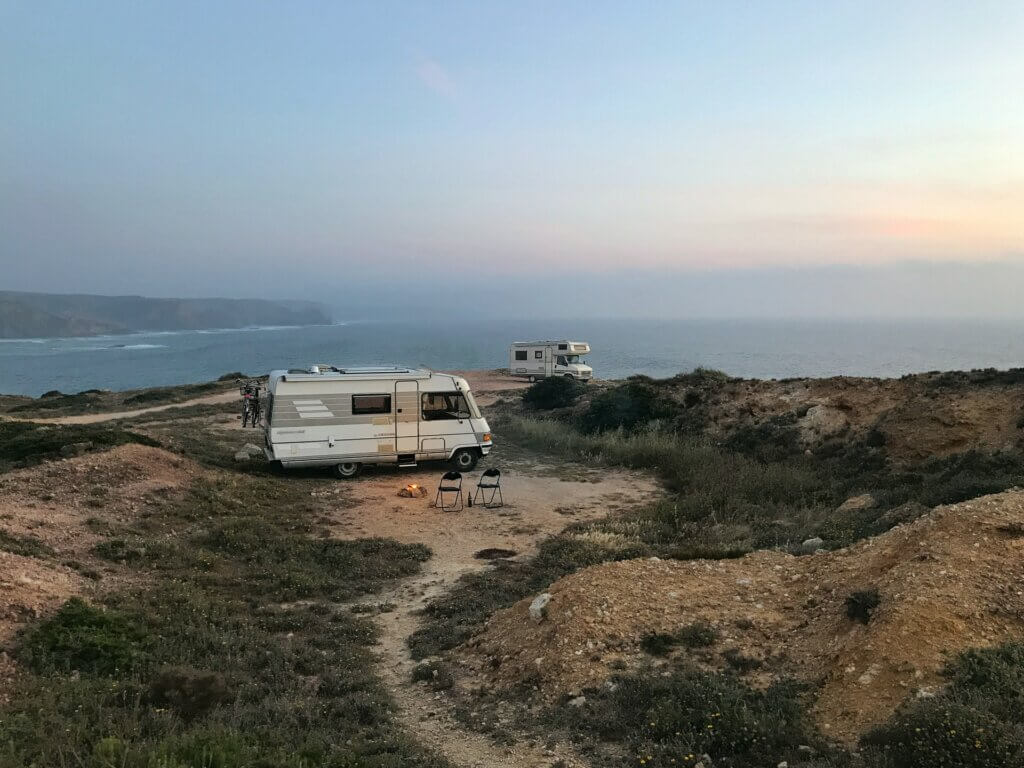
Vanlife Expo: A must-see event for adventure and freedom enthusiasts
At the heart of the passion for freedom on wheels is an unmissable event in France: the Vanlife Expo.

You should know that driving a vehicle for which you do not have a license is an offense. As a general rule, we advise you to check out about your license in order to verify that it authorizes the driving of the same vehicles in the country where you wish to stay. Read on to find out more about it !
The different driving licenses
Depending on whether you are in Canada, the United States or France for example, the regulations are not always the same regarding driving licenses.
In Canada
Permits are divided into different classes:
• Class 1 : combination of road vehicles
• Class 2 : buses equipped to transport more than 24 passengers
• Class 3 : trucks
• Class 4A : emergency vehicles
• Class 4B : minibuses and buses equipped to transport 24 passengers or less
• Class 5 : automobiles and recreational vehicles
• Classes 6A, 6B and 6C : motorcycles
• Class 6D : mopeds (scooters and mopeds)
• Class 6E : 3-wheeled motorcycles
• Class 8 : tractors
It is the class 5 license that interests us here, because it is the standard license to drive a car in Canada. This class of license is enough in this country to drive recreational vehicles up to 4,500 kg.
In USA
In France
The licenses are divided into different categories and it is the category B license that allows you to drive a car. But there is a very important difference with Canada ans USA, for example : this category of license unfortunately does not allow the driving of RVs weighing more than 3,500 kg.
French travelers can then more easily drive an RV in Canada or the USA, insofar as they can choose a vehicle weighing up to 4,500 kg.
On the other hand, the choice will be more limited for a Canadian or an American wishing to drive in France. French regulations prevail and the traveler will indeed be limited to vehicles weighing up to 3,500 kg (such as French holders of a B license issued before January 20, 1975). Indeed, since the decree of July 15, 2009 published in the Official Journal on July 31, 2009, French people who obtained their B license before January 20, 1975 have the right to drive a motorhome whose weight is greater than 3.5 tons and this is the only exception. For both French and foreigners, a truck license or its equivalent will be required.
The subject has already been debated for years within the community of French motorhome owners, a large majority of whom would like the B license to be extended to motorhomes up to 4.5 tons.
The different driving licenses
Logically, heavy motorhomes are much bulkier. They are often chosen for their loading capacity, their comfort and their autonomy. But their large size also makes them more difficult to drive and that is why, from one weight to another, another level of driving license is required.
France is quite strict on the dimensions and weight of vehicles and therefore RVs are considered heavy motorhomes when they weigh more than 3,500 kg. France authorizes the driving of these vehicles:
• holders of a heavy goods vehicle license (class C or even C1 in France for vehicles weighing up to 7.5 tonnes). To pass a class C license you must be at least 21 years old, have a B license and pass a medical check.
• to French people whose B license was issued before 20 January 1975.
• to foreigners during a short stay with the equivalent of a truck license in their country
• foreigners who have passed the HGV license after having lived at least 6 months in France with a valid residence permit.
Tips and rules
In Canada
You are going to travel by RV in Canada, here are some points to check to take the road serenely and legally :
• Lights and headlights must be functional, unobstructed and conform to the original ones
• Tires must be in good condition and suitable for the vehicle. They must also be compliant for use on the road and their state of wear must not exceed 1.6 mm in depth at the level of the grooves.
• Mirrors must allow a clear view of all vehicles behind.
• Cargo must be properly secured so that nothing can fall, spill, leak, come loose or be blown away. The entire load must be stable, all lights and headlights must be visible and nothing must reduce your field of vision while driving.
• The hitch must be adequate and installed according to the manufacturer’s recommendations, or according to the owner’s advice if it is an RV exchange with SwapTheRoad for example.
• Chains, cables and other safety devices are mandatory if the trailer is not equipped with an independent braking system, allowing immobilization in the event of separation. The device chosen must be strong enough for the trailer or the hitched vehicle to be linked to the towing vehicle in the event of a break in the hitch system.
• If one of the vehicles is more than 2 meters long, it must be fitted with either 3 reflector triangles (SAE J 774) or 3 flares.
• If the total mass of the vehicle + load is equal to or greater than 3,000 kg, you must use the brake check area.
Finally, you should know that you cannot use certain tunnels if you are carrying one or more fuel containers with a total capacity of more than 30 liters. Ditto if you are carrying more than two propane or butane bottles (including the RV’s built-in tank) or if the water capacity of a bottle exceeds 46 Liters (=40 lbs). These tunnels are also prohibited if your recreational vehicle has equipment that generates an open flame. The tunnels concerned:
• In Montreal: Louis Hippolyte-La Fontaine, Viger and Ville-Marie
• In Quebec: Joseph-Samson
• In Beauharnois: Melocheville
In USA
What is valid in Canada is largely valid for an RV trip in the United States. Depending on the state you are in, the equipment and driving rules for your leisure vehicle may not be quite the same, so it is important to find out beforehand.
You should know, for example, that in the United States, it is mandatory in most states to have an auxiliary braking system installed if you tow a vehicle behind an RV, for obvious safety reasons.
Also be careful because some places are not recommended, such as Death Valley for example. Moreover, your insurance will not work if you have an accident or breakdown there because the garages are far too far from the area, making repairs impossible.
Also very important, you are only allowed to drive on paved roads.
In France
In France, the regulations are rather simple and quite similar to those relating to automobiles. Be careful to respect the maximum loading volume of your RV. For a motorhome weighing less than or equal to 3,500 kg, a trailer can be hitched if :



At the heart of the passion for freedom on wheels is an unmissable event in France: the Vanlife Expo.

More than 1.8 million viewers tuned in to M6’s Capital to discover a new and fast-growing phenomenon: the exchange of leisure vehicles, a good deal that’s becoming increasingly popular!

Discover Yupwego, the tailor-made insurance for all your trips abroad. Whether you’re away for a weekend or several months, enjoy personalized coverage and services tailored to your needs, so you can travel with peace of mind, wherever you are.
Message
We will get back to you as soon as possible.
Find the answers to the most frequently asked questions